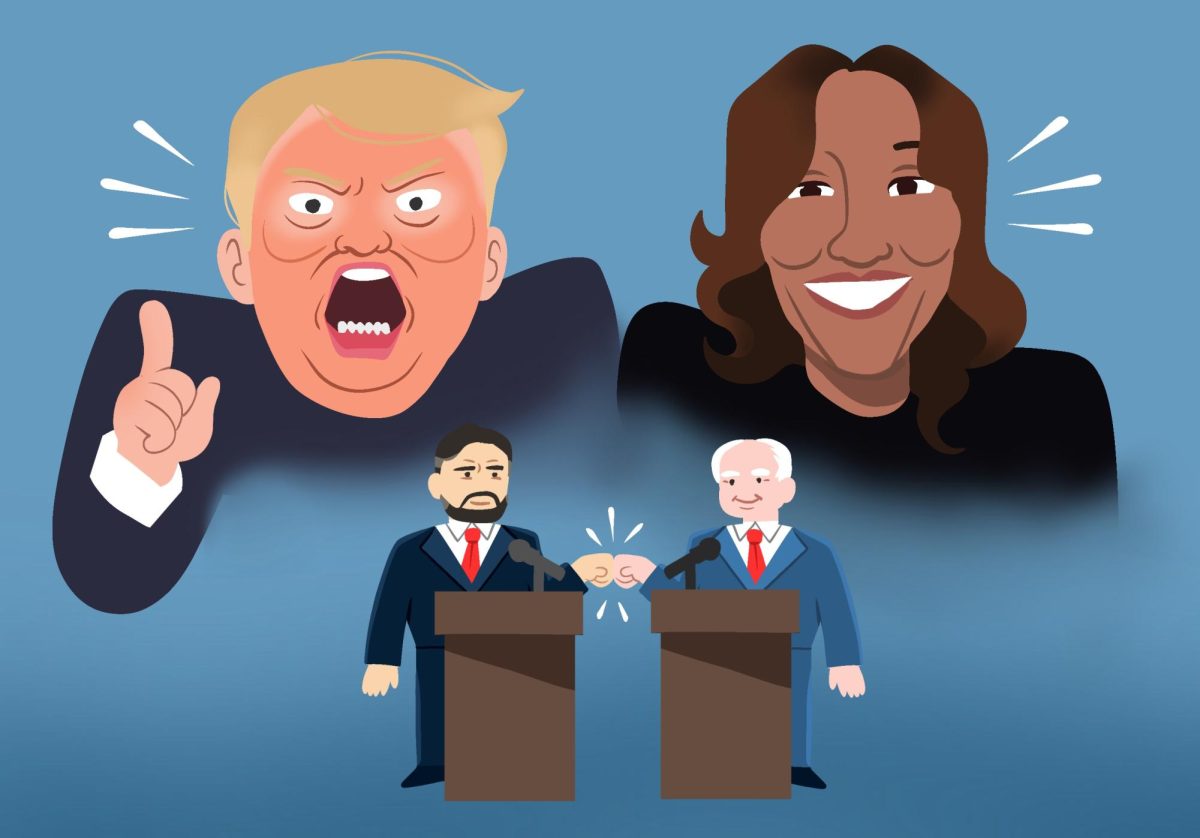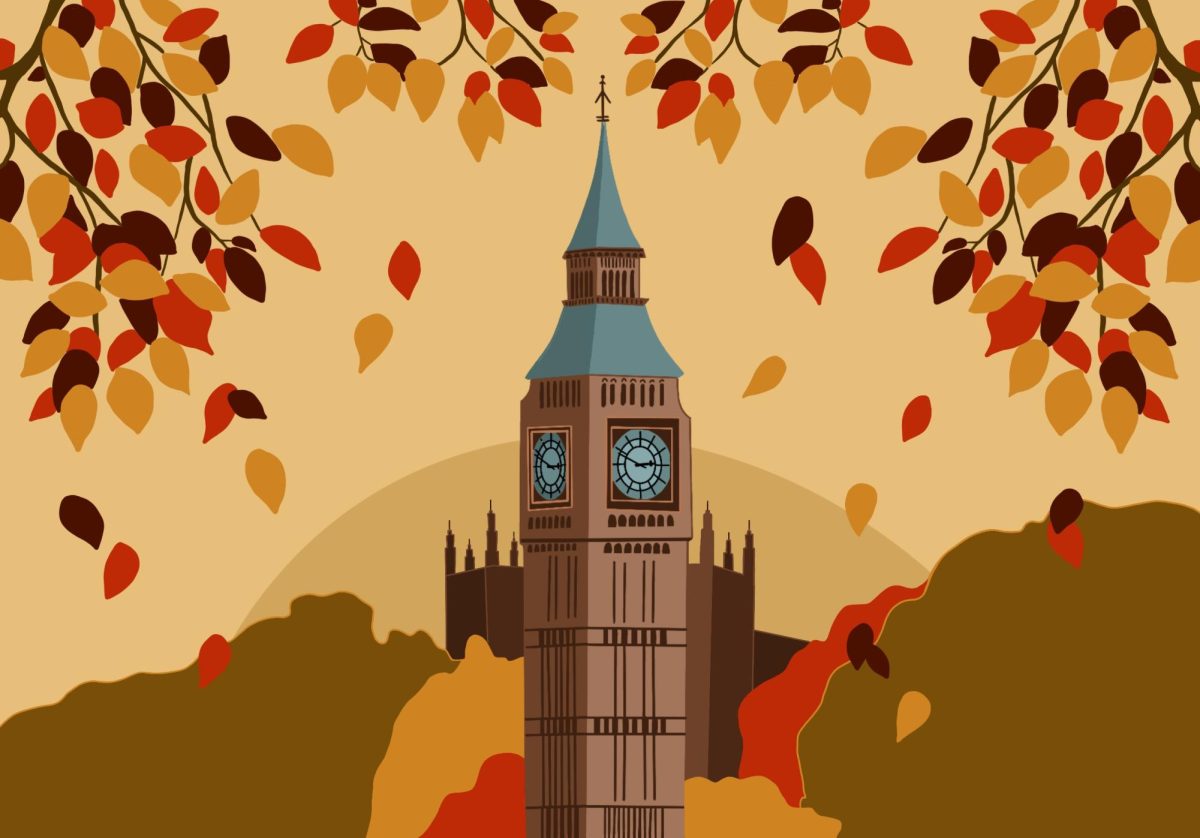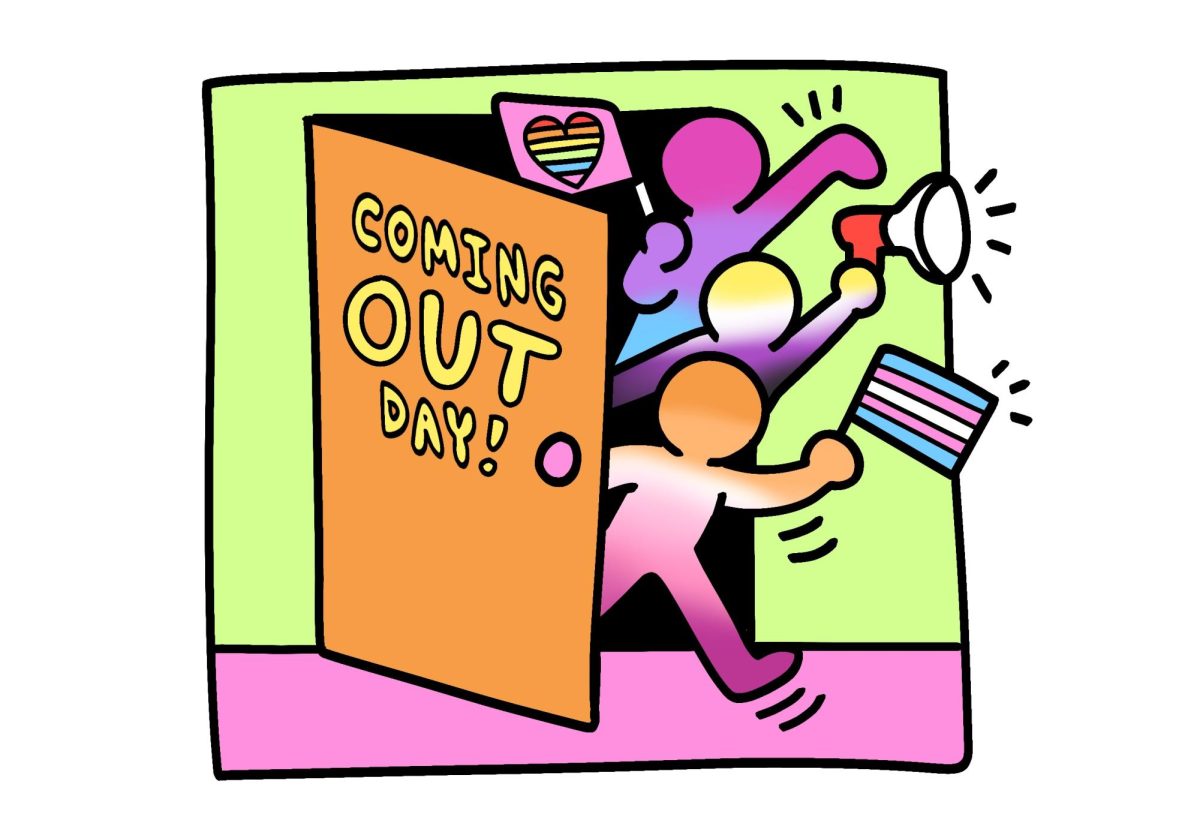The A&E network launched a television show called Live PD in 2016, which can be considered a modernized version of the show Cops. By 2018, Live PD was the most-watched show, excluding sports, by adult demographics. Live PD airs on Fridays and Saturdays, three hours each, wherein the show’s host follows six to eight squad cars from around the country on continuous-feed monitors for all their policing highlights. Filming is presented as live television. The only exception may be blurring out non-consenting faces, though they solicit and operate with the consent of subjects unfit to consent. The show produces six hours of material per week, and got renewed in the fall of 2017 for 450 more hours. Television networks usually only request 13 or 26 new episodes when they renew shows, but this is the equivalent of 75 episodes.
The subject matter and presentation are intense. The atmosphere and nature of interactions are starkly defensive. Police officers often provide color commentary that automatically frames the private citizen in question. Officers approach suspects with so much frank, confident and immediate suspicion that, for the viewer, there’s no reason to afford the presumption of innocence.
What the high quantity and partisan quality of Live PD does is act as an answer to recent trends of accountability, like private citizens taping their police interactions and body cams on either side. Cellphone videos of police are to Black Lives Matter as Live PD is to Blue Lives Matter: preemptive defense mechanisms.
Ethical infractions in Live PD’s operating model compound on themselves. When Live PD is filming, police do not primarily serve and protect. They perform for the camera. Live PD is, at best, a distraction for police officers whose first responsibility is citizens’ safety. At worst, Live PD is an ego trip where the police officer can make a suspect ‘dance, monkey, dance’ on TV. That person will then live with spiraling ramifications for the rest of their lives, no matter the validity of the police officer’s claims. Live PD drives home an automatic guilty suspicion on private citizens apprehended by police. Suspects’ main worry is that they already look so guilty on TV that their trials are a foregone conclusion. The problem was that the work recorded by Live PD is half-baked policing anyway.
Live PD pushes police officers to act rash for the camera. In 2017, a man named Frederick West and his friends in Greenville County, South Carolina, were apprehended by county deputies looking for contraband. Live PD flanked them and came back with material they called cocaine in nearby bushes and arrested West on trafficking charges. His charge was dismissed the following year due to lack of evidence, yet Live PD kept running the episode.
Live PD sometimes blurs faces and sometimes doesn’t. It has taken consent from private citizens under apprehension while they were far too intoxicated or impaired to give consent properly. Live PD has also argued in court that because of its “live” nature, it’s closer to the news rather than reality TV, so it shouldn’t have to ask for consent to broadcast faces.
There are two problems with this. Live news is generally on a 7-second delay in general, but Live PD is on a 10- to 40-minute delay to remove too graphic violence preemptively, to censor and for police to approve all footage. And, ostensibly, to blur non-consenting faces. This theoretically brings Live PD closer to reality TV status. What certainly does that, however, is that Live PD will pocket footage to run on a rainy day for weeks. Using the language “Earlier, Such-and-such County,” it has run footage recorded three weeks prior – in cases like West’s, before or after charges were dropped, this matters. Cell phones recording cops are truly spontaneous; Live PD pretends to be.
Like many other things toeing or ignoring the lines of ethics, Live PD is not the only complicit party. Live PD exists and has wildly grown because viewers provide it a market. Part of Live PD’s model is to live-stream commentary and input from viewers. People not only watch the lives of the poor and vulnerable — to put it simply, no one from Wayzata is apprehended by cops with a Live PD crew — be upended and half-represented as entertainment. People will also contribute to the melee on Live PD’s social media. Other people who encouraged this behavior were the ancient Romans at the Colosseum, voting on death or survival of beaten gladiators.
Police work is dangerous, vital and sacred to the safety of American citizens. Live PD, on the other hand, is voyeuristic entertainment. Live PD corrupts the mission of the police by distracting them and baiting them to act for the camera. Police are capable of much more empathy than the utterly jaded and cynical face they put on television, and Live PD effects torrential new application volumes to police departments — but from Live PD’s presentation of police work, this may mostly be from those seeking power and strength over the weak rather than to be their protectors.
My question is about how someone could consume this show in good conscience. Do people watch it to feel better about themselves? To get the power-trip high vicariously through their perception of police work? Does it bring joy to see weak people truly, viscerally suffer?
Of course, people who watch Live PD are not cruel. I know a few of them — they are wonderful, kind people, to whom Live PD is commonplace enough that either an initial alarm has worn off, or some other stopgap for compassion has been eroded by standard-issue normalization. Losing touch with what used to horrify us is a fairly common theme lately. Live PD does favors to no one. Some cities, like Spokane, WA, have had to ban it entirely because of the downward spiral through which it has put the whole town’s reputation and image. Spokane should have had the foresight to avoid the voyeurism in the first place. We all should have.












